
The First Lab-Grown Black Hole: What Scientists Have Learned
Researchers have created lab analogues of black holes, simulating event horizons and observing Hawking-like radiation. These discoveries are reshaping our understanding of gravity and quantum mechanics.
Scientists have now simulated a black hole in a lab—a historic feat that brings us one step closer to understanding some of the most elusive mysteries of astrophysics. While we can't yet recreate the intense gravitational collapse of a real black hole, researchers have successfully mimicked key black hole phenomena like event horizons and Hawking radiation using clever laboratory setups.
What Is a Lab-Created Black Hole?
A true black hole is a region in space where gravity is so intense that nothing, not even light, can escape. The boundary where this occurs is called the event horizon. In lab analogues, scientists replicate similar “points of no return” for waves—such as sound, light, or fluid waves—using various physical systems. One of the most promising methods uses a Bose-Einstein condensate (BEC), a state of matter where atoms are cooled to near absolute zero, allowing quantum effects to emerge at the macroscopic scale.
By accelerating the flow of the BEC to exceed the speed of sound in the medium, researchers create an acoustic horizon—a boundary where phonons (quantized sound waves) cannot escape. This is the sonic equivalent of a gravitational event horizon.
Key Discoveries and Observations
Perhaps the most exciting outcome of these experiments is the potential observation of Hawking radiation, a theoretical quantum effect proposed by Stephen Hawking in 1974. Hawking predicted that black holes should emit faint radiation due to quantum fluctuations at the event horizon, gradually evaporating over time. However, this has never been detected in space due to its extremely weak signal.
In a breakthrough experiment, Jeff Steinhauer and his team at Technion, Israel, used a Bose-Einstein condensate to simulate a black hole and observed patterns consistent with Hawking radiation. These findings provide experimental support for Hawking’s theory, something once thought impossible outside of an astronomical setting.
Other researchers, like Weinfurtner et al., have created black hole analogues using water tanks. By manipulating water flow to exceed the speed of surface waves, they formed an effective horizon and measured wave scattering akin to what is theorized near actual black holes.
Why These Discoveries Matter
- Experimental Testing of Theory: Black hole analogues allow scientists to test quantum field theories in curved spacetime—conditions that are nearly impossible to recreate in space-based observations.
- Exploring Hawking Radiation: Controlled environments make it possible to observe and analyze Hawking-like effects, refining our understanding of black hole thermodynamics.
- New Frontiers in Experimental Physics: These studies push the boundaries of quantum systems, cooling techniques, and precision measurement tools.
- Interdisciplinary Potential: They bridge fields such as fluid dynamics, quantum optics, and material science, encouraging collaborative innovation.
Challenges and Future Opportunities
Despite the success, there are limitations. Lab analogues do not reproduce actual gravitational collapse or spacetime curvature. They simulate specific phenomena—like horizons—for specific types of waves. Hence, conclusions must be extrapolated carefully.
Moreover, detecting Hawking radiation—even in the lab—is extremely difficult due to its faint nature. Ongoing improvements in noise suppression and signal enhancement are crucial for future breakthroughs.
Looking ahead, researchers aim to build analogues using other systems like optical fibres, superconducting circuits, and graphene to simulate a broader range of black hole behaviors. These experiments may one day help unlock the secrets of quantum gravity and spacetime.
Conclusion
Lab-grown black hole analogues may not warp spacetime, but they simulate key elements of real black holes in astonishing detail. By mimicking event horizons and studying Hawking-like radiation in the lab, scientists are gaining profound insights into the fabric of the universe. As techniques improve, these analogue experiments could reshape not only our theories of black holes but also the fundamental principles of quantum physics and cosmology.